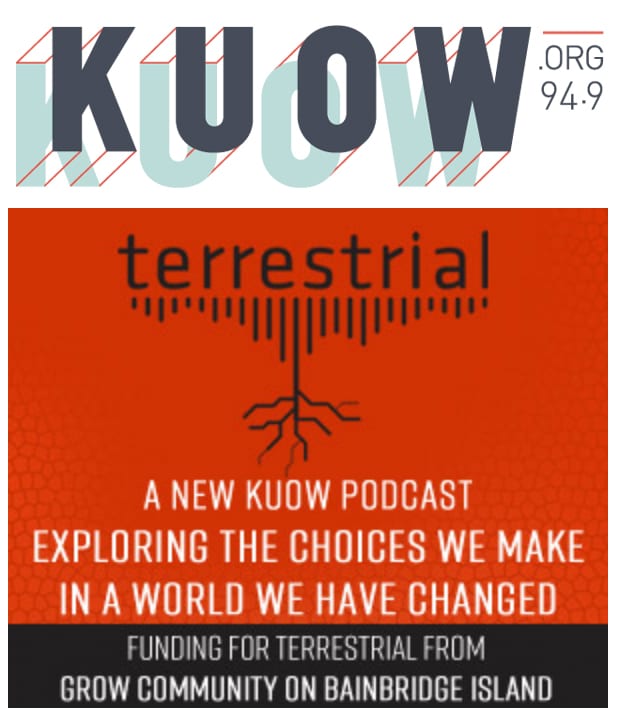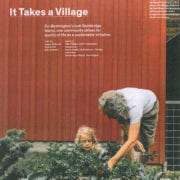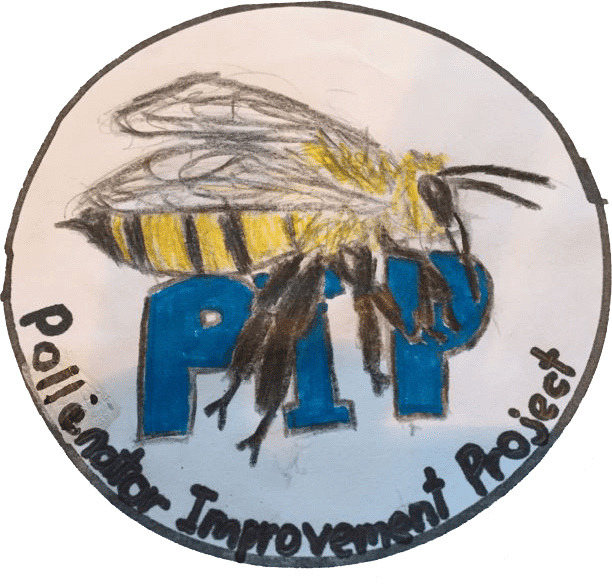It takes a lot of work to make sustainability simple.
But making the choice of a low-impact lifestyle easy for buyers was the goal at Grow Community from the very start.
In an article titled “We Only Have One Planet,” Reserve Magazine explores the history of Washington’s largest planned solar community, and the thoughtful features that have earned it the prestigious One Planet Living certification.

“We wanted to hit the Easy button for people,” Asani President Greg Lotakis tells the magazine, “so they could get in and just focus on the things we can’t control, which are creating community, enjoying community and enjoying each other.”
Leading elements of Grow’s high-performing homes include rooftop solar arrays, airtight construction and insulation, and nontoxic construction materials, among other low-impact features. Grow homes use 30 to 40 percent less water than a typical Pacific Northwest home, the magazine notes.
It all adds up to a formula for sustainable, intergenerational living. Grow does the hard work, so residents can get on with the fun stuff: living.
“This idea that we can start to create places where generations share space, where elders pass along wisdom, where you have children who are being looked after by friends or grandparents and where young couples or single folks get a chance to live in a community where there’s a mix of support — to us, it’s a recipe for success in the future,” Greg says.
Read the whole story online here.
 Grow Community is all about making smart choices for the Earth – how we build and how we live. Now we’re proud to sponsor the new podcast “terrestrial” on local radio station KUOW, exploring “the choices we make in a world we have changed.” Host Ashley Ahearn travels the country — from ranches in Oregon to churches in Colorado — to bring listeners stories about people making personal choices in the face of environmental change.
Grow Community is all about making smart choices for the Earth – how we build and how we live. Now we’re proud to sponsor the new podcast “terrestrial” on local radio station KUOW, exploring “the choices we make in a world we have changed.” Host Ashley Ahearn travels the country — from ranches in Oregon to churches in Colorado — to bring listeners stories about people making personal choices in the face of environmental change.



















 Bainbridge Island students are learning to “bee positive” on the environment, thanks to the efforts of local educators and volunteers like Carl Lindbloom.
Bainbridge Island students are learning to “bee positive” on the environment, thanks to the efforts of local educators and volunteers like Carl Lindbloom. Now we’ve even diverted some construction waste to help the cause: cedar scraps and plumbing pipe discards, from which Carl and some very clever students have fashioned 160 “Mason Bee House Kits.”
Now we’ve even diverted some construction waste to help the cause: cedar scraps and plumbing pipe discards, from which Carl and some very clever students have fashioned 160 “Mason Bee House Kits.”